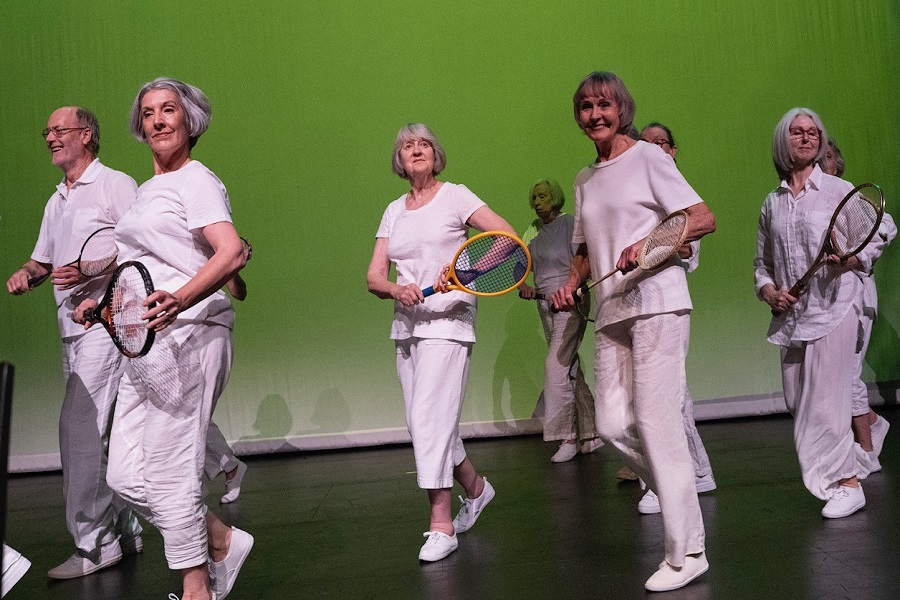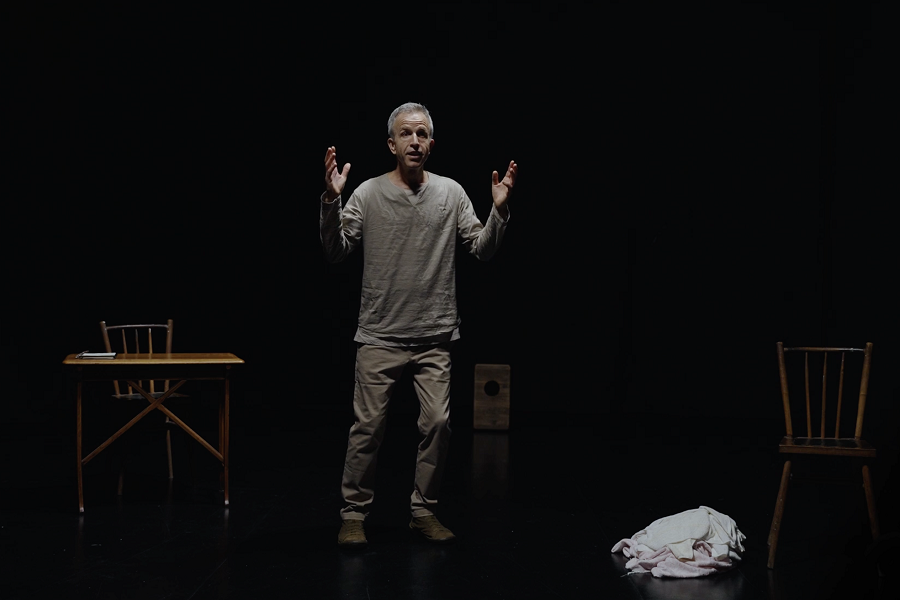
Photography / Canberra Nature Map photography competition. At CSIRO Discovery Centre. Reviewed by CON BOEKEL.
This review might best be read with a grain of salt.
I was part of the discussions during the planning for this exhibition and was a judge for one of the categories. I also spend many hundreds of hours a year recording Canberra’s species in NatureMapr.
There has always been a significant overlap between science and art and between scientific illustration, scientific data collection and scientific progress. There has also been varying levels of collaboration between amateurs and professional scientists.

In demonstrating all those connections, this exhibition exemplifies the huge power of NatureMapr to feed into practical nature management outcomes.
The way it works is this. You take a photo of an animal or a plant. You upload that to NatureMapr. Your camera (an iPhone is fine) adds the latitude and longitude, the time of day and the date to the image data. Moderators identify the species. Your record then joins 2.1 million other records already gathered in the NatureMapr database.
How is the data used in practice?
Some species previously thought to be rare have now been found to be common so management focus is shifted elsewhere.
Over a hundred early occurrences of dangerous weed species have been identified. Early and total eradication action is cheap.
Fuel reduction burning is informed by species information. For example, some orchid species like frequent burns. Other orchid species like infrequent burns.

Improved knowledge about endangered species abundance and distribution can lead to significant conservation outcomes. One big NatureMapr success story here is that of the rare Bathurst Butterfly. Formerly known from only a very limited location in NSW, its known range has been expanded into the ACT.
What of the photos in this exhibition? As scientific illustrations, they are excellent. They are information rich. The animals and the plants cannot help but be intricate, colourful, beautiful, lustful and predatory.
The images exemplify the still-great wildlife wealth of the ACT and region. The technical levels are excellent. The overall winner ‘Tawny Frogmouth’ by Trevor Rix beautifully bridges art and science. Extensive and accessible exhibition texts add richness to the exhibition experience.
The exhibition caused me to reflect on my busy interactions with NatureMapr. My main personal driver is to make a practical contribution to scientific knowledge and to wildlife management outcomes. But there is another heartfelt driver. We are well into the Anthropocene Extinction Event. I think of myself as recording some species that will become extinct. I wish to show future generations that we cared enough to do that small thing.
There are modest individuals in Canberra who do large things for us all. One such is Dr Michael Mulvaney – one of the key drivers of NatureMapr and of this exhibition. However, as Michael himself would hasten to point out, it is the vast collaboration of NatureMapr IT developers, government and private sector funders, scientists and citizen scientists that really counts.
Who can be trusted?
In a world of spin and confusion, there’s never been a more important time to support independent journalism in Canberra.
If you trust our work online and want to enforce the power of independent voices, I invite you to make a small contribution.
Every dollar of support is invested back into our journalism to help keep citynews.com.au strong and free.
Thank you,
Ian Meikle, editor




Leave a Reply